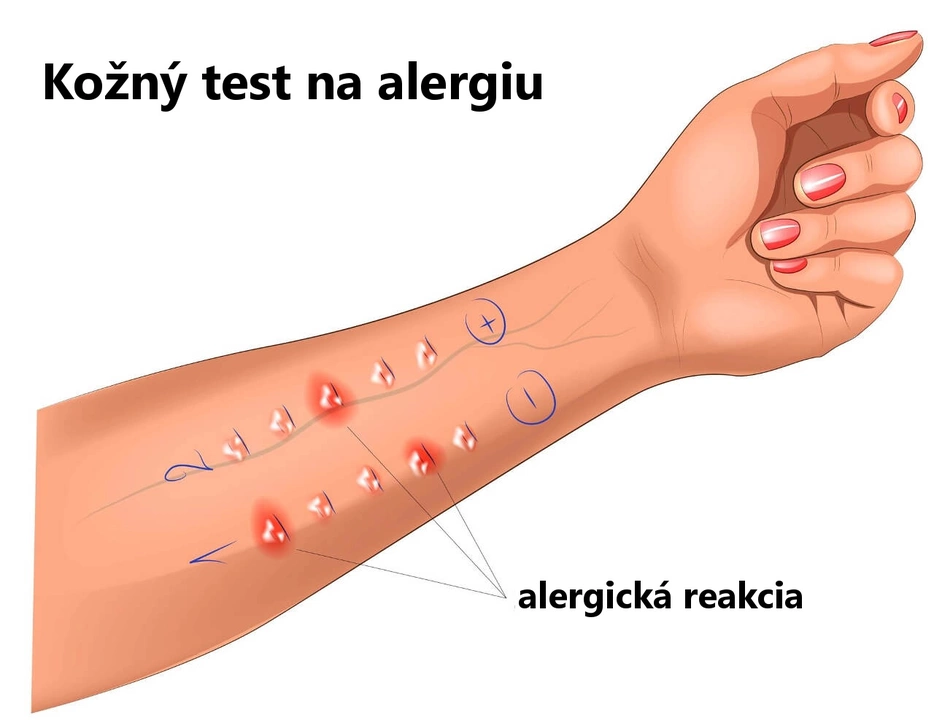Chronic Urticaria: What It Is and How to Control It
If you’ve ever dealt with itchy welts that pop up again and again, you’re probably familiar with chronic urticaria. It’s a type of hives that lasts for six weeks or more, often without a clear cause. The good news is that most people find relief once they understand the triggers and use the right treatments.
What Causes Chronic Urticaria?
The exact reason behind chronic urticaria isn’t always obvious. In many cases, it’s an autoimmune reaction – your immune system mistakenly attacks your own skin cells, releasing histamine that creates those red, itchy bumps. Sometimes foods like nuts, shellfish, or additives can set it off, but the link is often weak.
Other common culprits include stress, temperature changes, tight clothing, and certain medications such as antibiotics or NSAIDs. Even insect bites or minor scratches can trigger a flare if your body is already primed to react.
How to Manage and Treat It
The first step is to see a doctor who can confirm the diagnosis and rule out underlying diseases. Most doctors start with antihistamines – second‑generation options like cetirizine or loratadine work well without making you drowsy.
If standard doses don’t help, your physician may raise the dose or add other drugs such as H2 blockers (ranitidine) or leukotriene antagonists. For stubborn cases, short courses of oral steroids can break a flare, but they’re not meant for long‑term use.
Beyond medication, lifestyle tweaks make a big difference. Keep a symptom diary to spot patterns – note foods, stress levels, weather, and new products you’ve used. Wearing loose, breathable fabrics reduces friction that can irritate the skin.
Stress management tools like deep breathing, yoga, or short walks help keep the immune system calm. Some people find relief with natural options such as quercetin supplements or probiotic‑rich foods, but always discuss these with your doctor first.
If you suspect a specific trigger, try an elimination approach: remove one possible cause for two weeks and watch if the hives improve. Reintroduce it slowly to see if symptoms return.
Finally, protect your skin during flare‑ups. Cool compresses, oatmeal baths, or calamine lotion can soothe itching while you wait for medication to kick in.
Living with chronic urticaria isn’t fun, but with the right mix of doctor guidance, medicine, and everyday habits, most people get their lives back to normal. Keep track, stay patient, and don’t hesitate to ask your healthcare provider about newer options if you’re still struggling.
As a blogger, I've recently come across the topic of Bepotastine and its role in treating chronic urticaria. For those who may not know, chronic urticaria is a skin condition characterized by the appearance of hives, itchiness, and redness. I've found that Bepotastine is an antihistamine that helps alleviate these symptoms by blocking histamine release, which is responsible for the allergic reactions in our body. Many studies have shown Bepotastine to be effective in reducing the severity and frequency of chronic urticaria flare-ups. Overall, it's great to know that there are medications like Bepotastine that can provide relief to those suffering from this frustrating and uncomfortable skin condition.

